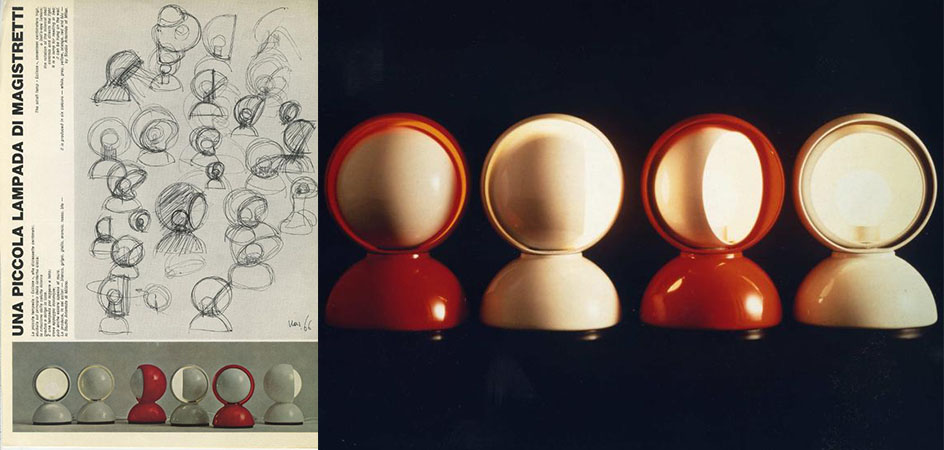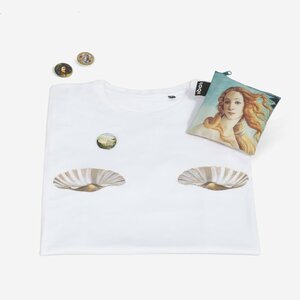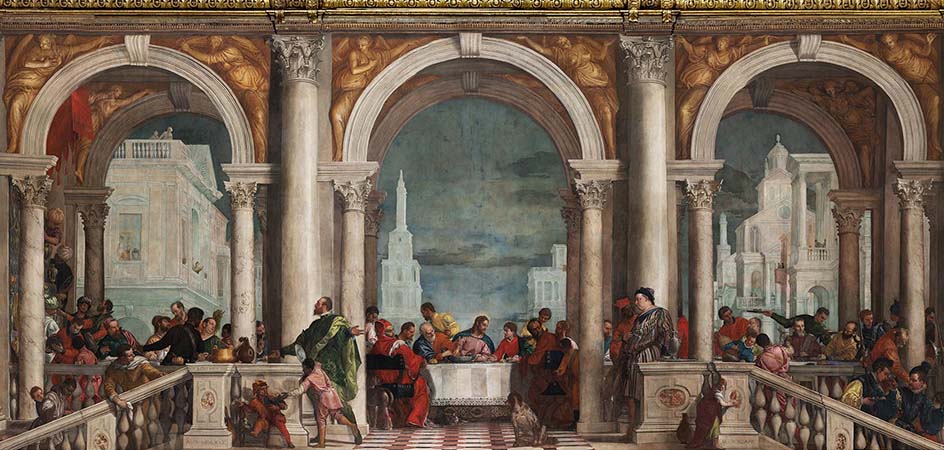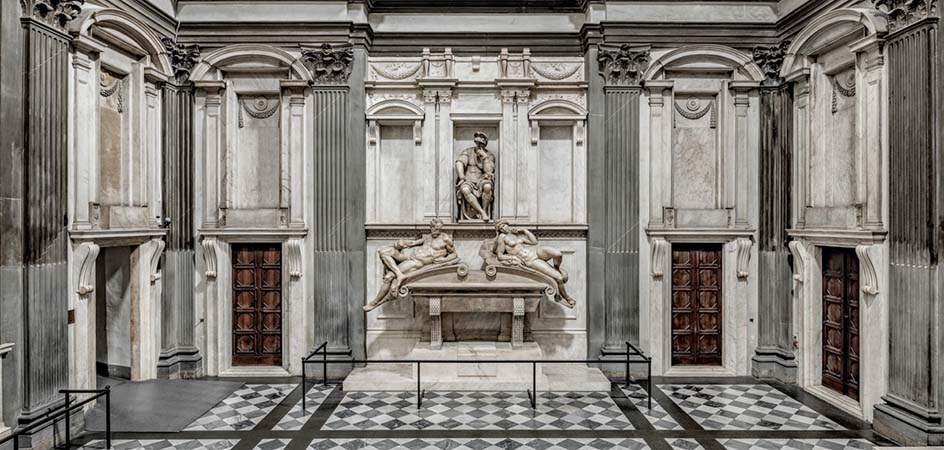World-renowned architect and designer Vico Magistretti (1920–2006) reinterpreted tradition with innovative materials and technologies, leaving an indelible mark on the history of Italian design – and beyond.
From the 1950s to today, his furniture designs have continuously adorned international homes and museums, defining new ways of living and understanding design.
Family legacy and “milanese spirit”: a brief biography
Born in Milan into a long line of architects, Ludovico (known as Vico) Magistretti studied at the city’s Politecnico. During World War II, he spent a period in Switzerland, where he met Ernesto Nathan Rogers, who soon became his mentor and intellectual reference. Returning to Milan, he graduated in 1945 and joined his father Pier Giulio Magistretti’s studio.
As an architect, he designed numerous projects ranging from affordable housing to luxury buildings across Lombardy and Europe, but it is his work as an industrial designer that brought him widespread acclaim. As one of the founders of the Association for Industrial Design (ADI), he received many accolades, including the prestigious Compasso d’Oro.Throughout his career, Magistretti maintained a close connection with his hometown, always working from the modest family studio, assisted solely by his loyal collaborator, surveyor Franco Montella.
Vico Magistretti designer: where functionality meets beauty
A leading interpreter of the new Italian design, Magistretti mastered the art of reviving ancient archetypes and blending them perfectly with modern industrial techniques. In his work, traditional forms and types meet mass production; commercial logic – never shunned by Magistretti (“What interests me, given my rationalist training, is volume”, he often said) – serves the creation of furniture that adapts to new lifestyles. His pieces, practical and not unique or overtly artistic, have become iconic precisely because of their universal appeal and their understated, elegant, and balanced aesthetic – effortless, as it is often described – devoid of superfluous ornamentation.
His approach to collaborating with manufacturing companies was also innovative: never a mere commission, but a close partnership – a continuous dialogue between the designer’s ideas and the industry’s technology. “Design in Italy is born halfway between the planner and the maker”, and it is this synergy, according to Magistretti, that makes it superior to others.
Are you interested in articles like this?
Sign up for the newsletter to receive updates and insights from BeCulture!
5 must-known design objects by Magistretti
Over his fifty-year career, Magistretti developed 350 projects, many of which are still in production. Here are five that defined an era and remain timeless:
1. Carimate (1959)
Originally designed for the Club House of the Carimate Golf Club (Como), a project Magistretti worked on with Guido Veneziani, Carimate chair was his first industrial production piece. Created in 1959, the inspiration came from Scandinavian traditions and popular straw chairs, reinterpreted in a modern key. Carimate is both sturdy and comfortable, with a harmonious and essential profile highlighted by the gentle curve of its armrests that merge seamlessly into the backrest.
Most notably, it is red: dyed with aniline, echoing the vibrant color typical of children’s toys. This dash of character and originality contributed to its great success both in Italy and abroad. Within a year, an English agent from the Conran Company visiting Bologna spotted Carimate in the Gavina showroom, paving the way for its production and sale in Great Britain.
Over the years, variations such as armless versions, stools, armchairs, benches, and sofas have been developed.Produced by Cassina – and in a limited reissue in the 2000s by De Padova – Carimate remains one of Magistretti’s most recognizable and beloved pieces.
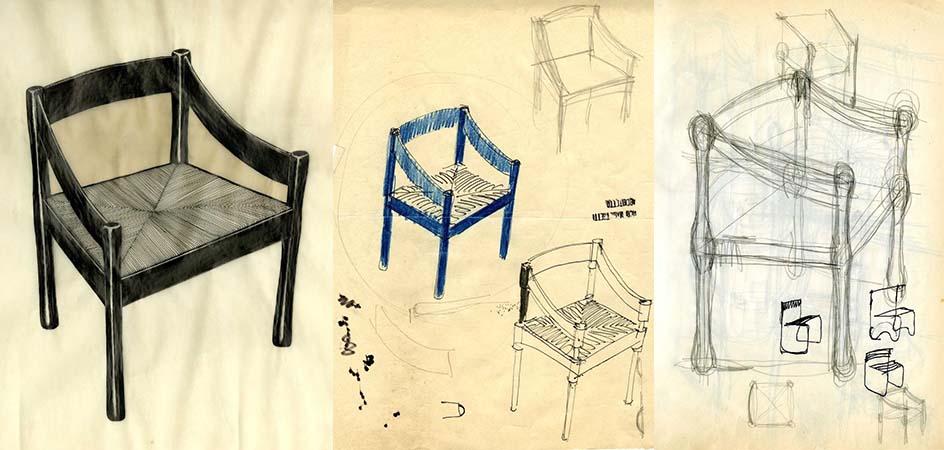
2. Eclisse (1966)
Equally noteworthy is Eclisse, the table and wall lamp made of painted aluminum, launched in 1967 by Artemide and still available today (now in steel). “There’s no doubt that Eclisse was incredibly successful – perhaps too much”, Magistretti declared in 1974. “It became so ubiquitous that it ceased to be ‘mine’”.
Indeed, this modest lamp earned Magistretti his first Compasso d’Oro. The judging panel praised his clever use of the “blind lantern” principle: an unassuming, age-old object featuring a rotating screen that could either direct or completely hide the beam of light from a circular opening. Eclisse employs the same concept, applied to simple geometric forms: three circular segments create the base, the lamp housing, and the inner screen, which, by rotating, modulates and directs the light.
This ingenious idea has undergone very few modifications over time. Notably, a plastic ring was introduced to regulate the light, preventing direct contact with the metal heated by the lamp.

Today, Eclisse is featured in the collections of some of the world’s most important museums, including New York’s MoMA. As its inventor once said, “Yet the simplicity of the umbrella, its nothingness, and its tension make it the object I would have most liked to design. Instead, I ended up designing that ridiculous lamp (n.d.r. Eclisse), which nonetheless endures – having marked, even with the occasional burns from changing the bulb, several generations. And that is a great satisfaction”.
3. Atollo (1977)
In this brief guide to Magistretti’s most celebrated design objects, we must also mention another lamp: Atollo, designed in 1977 for Oluce and still produced in several variants.
Its simple, absolute geometric forms – a hemisphere supported by a cone surmounting a cylinder – the nearly golden proportions, and the technical refinements make this painted aluminum abat-jour an object for the ages. Unlike typical reading lamps where light is directed downward, Atollo’s design causes the light to hit the dome and refract on the cylindrical base, diffusing it horizontally.
Moreover, no electrical components are visible, keeping the design clean and minimal.Atollo also received the Compasso d’Oro in 1979 and, like Magistretti’s other award-winning projects, is exhibited in the ADI Design Museum in Milan.
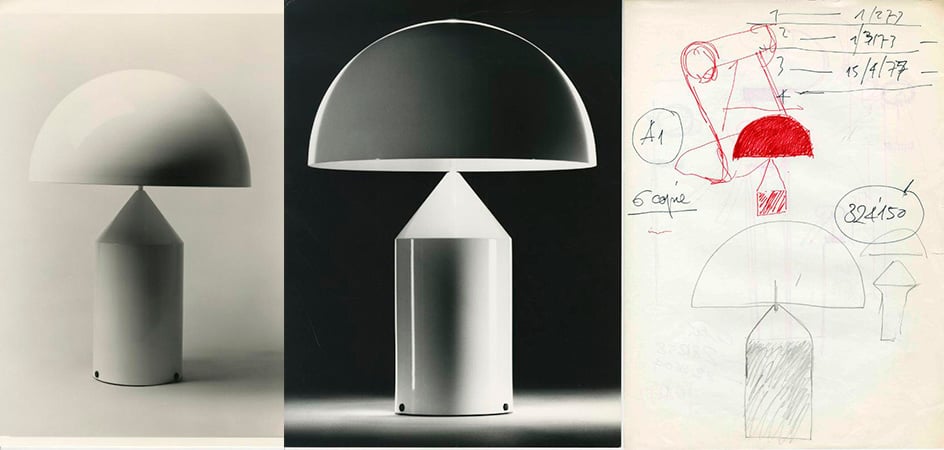
4. Selene (1966)
“I made it with the model maker. If you look closely, you’ll see it’s almost un-drawable. To draw it, I would have needed to make at least a hundred sectional views. But there was this sublime model maker – you’d go to him, discuss it…” Magistretti always acknowledged the crucial role of technicians in realizing his projects, and this is how he described Selene: an easily stackable chair made from plastic material (GRP) produced by Artemide from 1969 to 1990. Perhaps the first plastic chair in the world (a claim also made by Verner Panton’s Panton Chair and Joe Colombo’s Universale), it is renowned for its ability to combine simplicity and strength. How? Through its form: the S-shaped section of the legs provides stability and resistance to the thin plastic sheet used (only 3 millimeters thick!).
Cast from a single sheet, printed in one press run, and complemented by a curved seat and backrest that contribute to the overall sturdiness while remaining comfortable, Selene exemplifies Magistretti’s innovative use of form in a structural sense – a technique he had already employed with Chimera (a 1966 lamp in methacrylate, self-supporting due to its sinuous design) and with the legs of the Demetrio table (1964), both for Artemide.
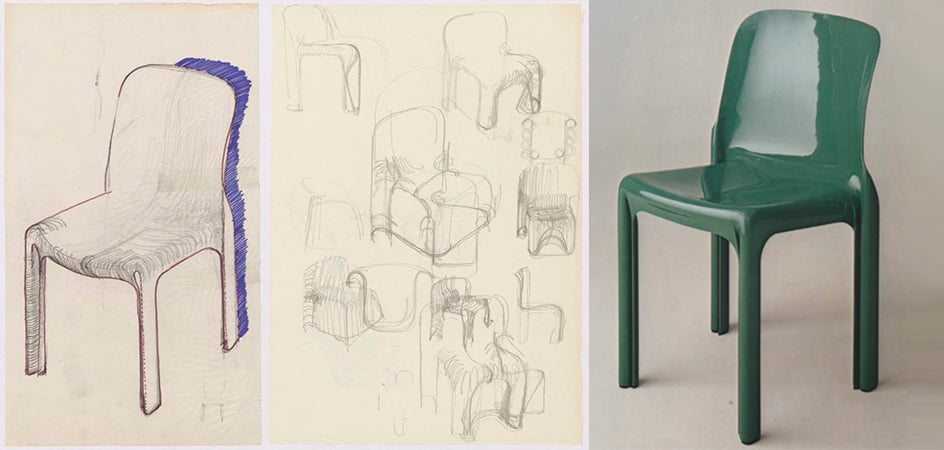
5. Maralunga (1973)
An immediate rapport between Magistretti and Cesare Cassina paved the way for the creation and tremendous success of Maralunga, a line of sofas and armchairs. “We’re going to sell a lot of them”, the two reportedly said – and indeed they did.
This range of upholstered furniture, seemingly traditional in design, hides an element of absolute originality: it is transformable. The backrest, made of upholstered expanded polyurethane, can be adjusted in height at will thanks to the incorporation of a bicycle chain (a system that was patented in 1985). Whether fully raised or folded back on itself, it perfectly adapts to the evolving ways of enjoying the living room and comfort, especially with the advent of television. Additionally, Magistretti himself acknowledged its unique appeal: “It has the magic of movement, and people love to move things”.
Soft, classic, yet adaptable, Maralunga won the Compasso d’Oro in 1979 and continues to be produced today – with some dimensional modifications.
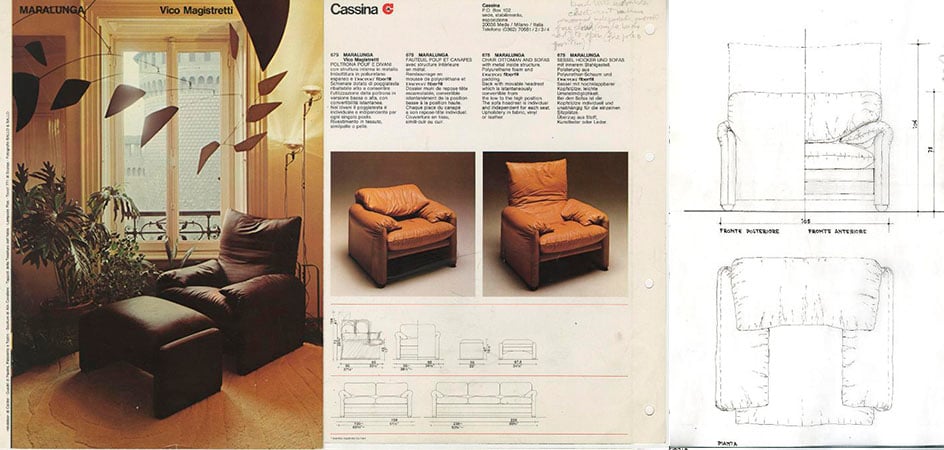
In 1994, Magistretti received the Compasso d’Oro for his career.
Today, his studio houses the Fondazione Vico Magistretti, which preserves his immense creative legacy and helps disseminate his work.If you find yourself in Milan, don’t miss the chance to visit the foundation and see Magistretti’s works on display at the ADI Design Museum– it promises to be a fascinating journey into the projects and personality of this master of Italian design.


